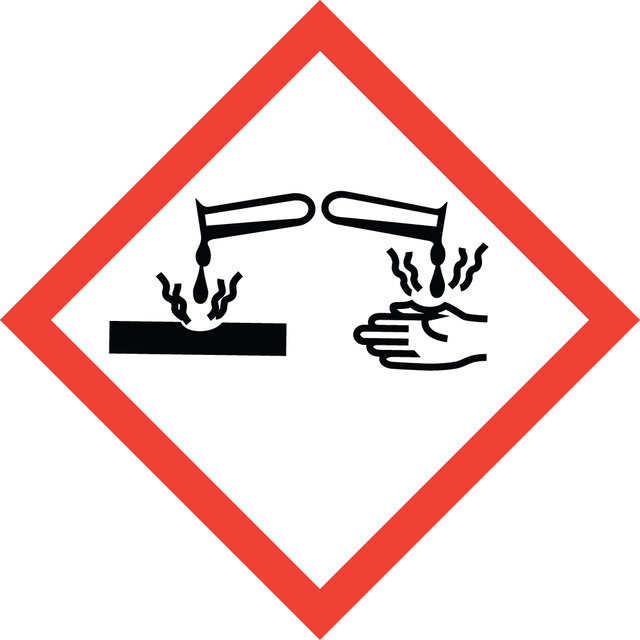T0699
Trichloroacetic acid solution
6.1 N
Synonym(s):
TCA
Sign Into View Organizational & Contract Pricing
About This Item
Linear Formula:
Cl3CCOOH
CAS Number:
Molecular Weight:
163.39
Beilstein/REAXYS Number:
970119
MDL number:
UNSPSC Code:
12352106
PubChem Substance ID:
NACRES:
NA.26
form
liquid
Quality Level
concentration
6.1 N
~100 % (w/v)
SMILES string
OC(=O)C(Cl)(Cl)Cl
InChI
1S/C2HCl3O2/c3-2(4,5)1(6)7/h(H,6,7)
InChI key
YNJBWRMUSHSURL-UHFFFAOYSA-N
Looking for similar products? Visit Product Comparison Guide
General description
Trichloroacetic acid (TCA) is a strong acid. At the pH of drinking water, TCA exists almost in salt form.
Application
Trichloroacetic acid solution has been used:
- in indoleamine 2,3-dioxygenase (IDO) enzyme assay to hydrolyze N-formylkynurenine and produce kynurenine
- in the proliferation of human pulmonary artery smooth muscle cells (HPASMCs)
- to treat ground tissue and precipitate proteins during protein extraction and quantification
Biochem/physiol Actions
Trichloroacetic acid solution is traditionally used to precipitate protein. It can be used to determine protein concentration by quantitative precipitation. Trichloroacetic acid can also be used as a decalcifier and fixative in microscopy.
Trichloroacetic acid (TCA) with no known systemic toxicity, is used as a time-honored agent for superficial peeling. It is a peroxisome proliferator.
signalword
Danger
hcodes
Hazard Classifications
Aquatic Acute 1 - Aquatic Chronic 1 - Eye Dam. 1 - Skin Corr. 1A - STOT SE 3
target_organs
Respiratory system
Storage Class
8A - Combustible corrosive hazardous materials
wgk_germany
WGK 2
flash_point_f
Not applicable
flash_point_c
Not applicable
Choose from one of the most recent versions:
Already Own This Product?
Find documentation for the products that you have recently purchased in the Document Library.
Our team of scientists has experience in all areas of research including Life Science, Material Science, Chemical Synthesis, Chromatography, Analytical and many others.
Contact Technical Service

